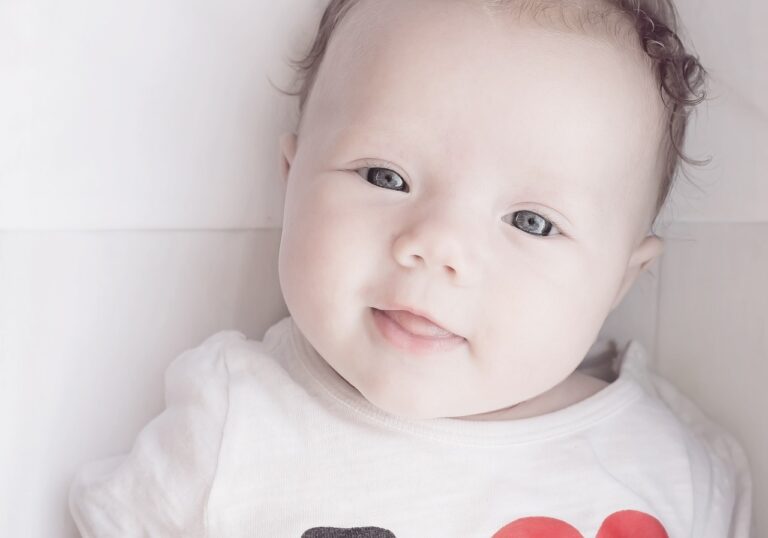The Best Fabrics for Babies: Why Lyocell Leads the Way

When it comes to dressing your baby, comfort and skin-friendliness are non-negotiable. A baby’s skin is ultra-sensitive — thinner, more absorbent, and more reactive than adult skin. That’s why the choice of fabric matters more than you might think.
So, what’s the best material for baby clothing? One word: Lyocell.
In this blog, we’ll explore why Lyocell (TENCEL™) is the #1 fabric for babies, and how it compares to other popular options.
Why Lyocell Is the Best Fabric for Babies
Lyocell is a natural fiber made from sustainably sourced wood pulp, often eucalyptus or beech trees. It’s processed in a closed-loop system, meaning almost all water and solvents are reused — making it a sustainable and eco-friendly option.
But it’s not just good for the planet — it’s incredible for your baby’s skin:
-
Exceptionally soft and smooth — feels like silk
-
Naturally hypoallergenic — ideal for sensitive skin or eczema
-
Breathable and moisture-wicking — keeps baby dry and cool
-
Temperature-regulating — comfortable year-round
-
Biodegradable — safe for skin and environment
Whether in a romper, swaddle, or bodysuit, Lyocell provides a gentle, luxurious feel that your baby will love — and you’ll feel good about.
Other Baby-Friendly Fabrics to Consider
2. Organic Cotton
Soft, breathable, and chemical-free. Organic cotton is a trusted staple in baby clothing. It’s great for everyday use and washing, though slightly less silky than Lyocell.
3. Bamboo Viscose
Extremely smooth and thermoregulating. Bamboo is naturally antibacterial and great for babies prone to rashes or overheating. However, its production process is less sustainable than Lyocell.
4. Cotton Muslin
Lightweight and breathable, muslin is perfect for warm weather or layering. It’s commonly used for swaddles and blankets due to its airy weave.
5. Modal
Made from beech tree pulp, modal is soft and stretchy with excellent drape. It’s often blended with cotton or Lyocell in premium baby garments.
Fabrics to Avoid for Babies
Some fabrics may look cute, but can irritate or overheat your baby’s skin:
-
Polyester and synthetic blends – Not breathable and can trap moisture
-
Rough wool – Even if natural, many wool types are too coarse for baby skin
-
Heavily dyed or chemically treated fabrics – Can cause reactions or rashes
What Else to Look for in Baby Clothes
-
Soft seams and tag-free labels to avoid scratching
-
Stretchy closures or side snaps for easy changing
-
Breathable designs especially for sleepwear
-
Simple styles that won’t bunch, ride up, or irritate
Final Thoughts
The fabric you choose touches your baby’s skin all day — and night. Choosing Lyocell means choosing softness, breathability, and sustainability in one beautiful material. It’s a premium choice for babies who deserve nothing but the best.
If you’re looking for baby clothes or sleepwear made with Lyocell or other skin-friendly fabrics, be sure to check out our collection designed with comfort and care in mind.
